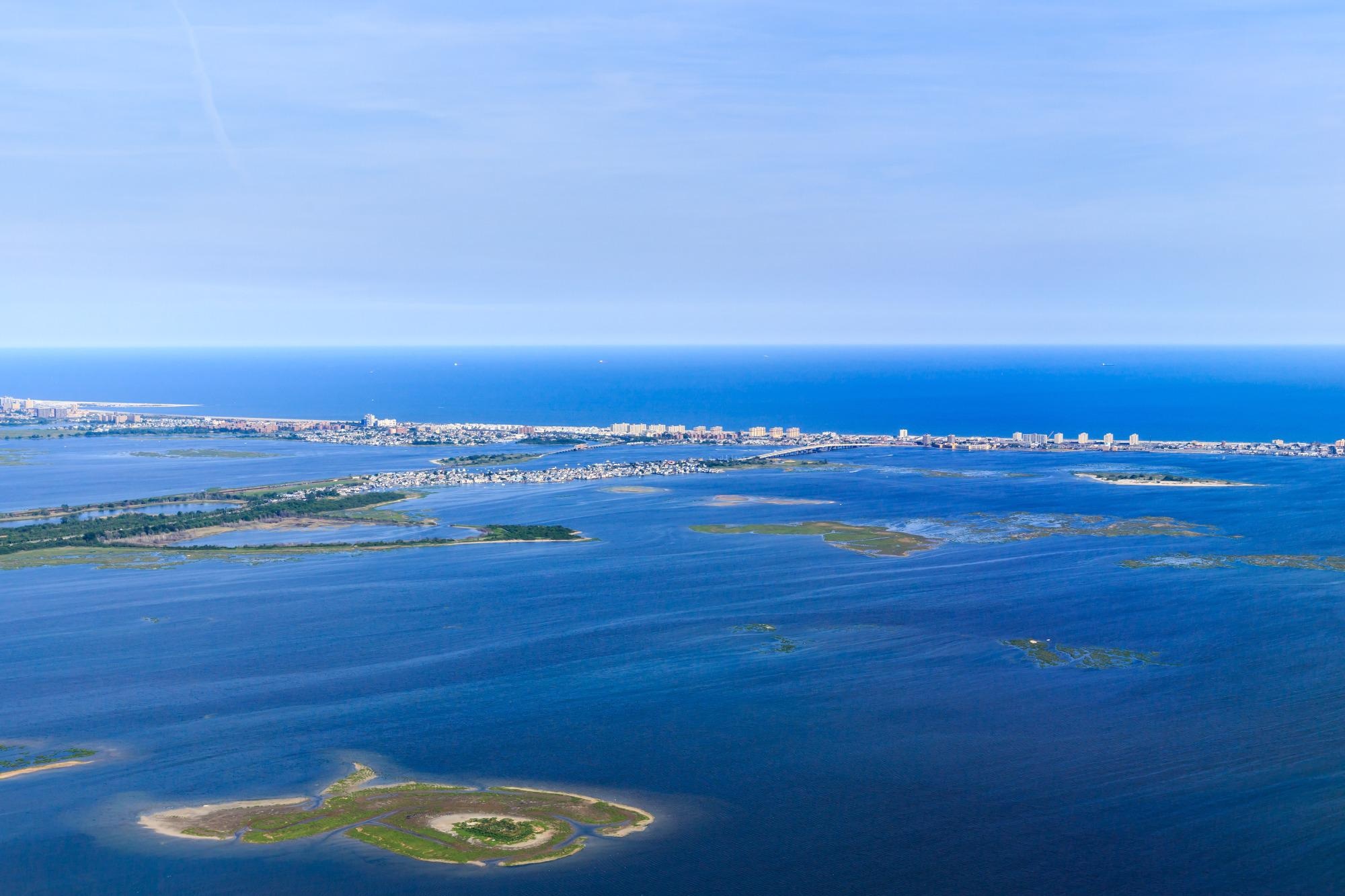Dec 3 2020
 Aerial view of Jamaica Bay, New York. Image credit: Pete Neisen/Shutterstock
Aerial view of Jamaica Bay, New York. Image credit: Pete Neisen/Shutterstock
The region of New York recorded high flood levels that had not been witnessed for ages. The cause was Superstorm Sandy.
The flood was estimated to have caused damages worth $74.1 billion in damages and was the fourth costliest U.S. storm next to Hurricane Katrina in 2005 and hurricanes Harvey and Maria in 2017, as reported by the National Oceanic and Atmospheric Administration.
Scientists at Stevens Institute of Technology have now discovered that, because of the effect of climate change, 100-year and 500-year flood levels could turn out to be normal phenomena for the thousands of homes around Jamaica Bay, New York by the end of the 21st century.
Led by Reza Marsooli, an assistant professor of civil, environmental and ocean engineering at Stevens, the study could be useful for policymakers and the coastal municipality of Jamaica Bay in making choices on whether to apply coastal flood defenses or other planning approaches or policies to mitigate future threats.
Moreover, it offers an example of the level to which coastal flooding will increase in the future throughout the New York region and other areas because of the effects of climate change.
While this study was specific to Jamaica Bay, it shows how drastic and costly of an impact that climate change will make. The framework we used for this study can be replicated to demonstrate how flooding in other regions will look by the end of the century to help them mitigate risk and best protect communities and assets in impacted areas.
Reza Marsooli, Assistant Professor, Civil, Environmental and Ocean Engineering, Stevens Institute of Technology
Taking the predicted greenhouse gas concentration by the end of the 21st century as a basis, Marsooli and his co-author Ning Lin, from Princeton University, carried out high-resolution simulations for diverse scenarios to determine the chances of different flood levels, presuming that emissions stay at a high level.
They investigated how sea-level rise and hurricane climatology change would affect the area in the future in the form of wave hazards and storm surge.
Marsooli and Lin identified that the historical 100-year flood level would turn out to be a 9-year flood level by mid-century (2030–2050) and a one-year flood level by the late 21st century (2080–2100).
The 500-year flood levels were most recently reached by Superstorm Sandy and would turn into a 143-year flood level, and subsequently into a 4-year flood level by the end of the 21st century. Moreover, sea-level rise would lead to huge waves, which could result in more flood hazards like erosion and harm to coastal infrastructure.
Future projections of the hurricane climatology suggest that climate change would lead to storms that move more slowly and are more intense than we have ever seen before hitting Jamaica Bay. But the increase in these once-in-a-generation or even less frequent floods is so dramatic because the impact of sea-level rise will create greater flooding, even if the storms we were seeing today stayed the same.
Reza Marsooli, Assistant Professor, Civil, Environmental and Ocean Engineering, Stevens Institute of Technology
Journal Reference:
Marsooli, R & Lin, N (2020) Impacts of climate change on hurricane flood hazards in Jamaica Bay, New York. Climatic Change. doi.org/10.1007/s10584-020-02932-x.